Research Theme
- 1.Transbilayer distribution of lipids at nano scale

-
Motohide Murate, Toshihide Kobayashi
Lipid Biology Laboratory, RIKENUsing various lipid binding proteins and peptides in combination with freeze-fracture immune-electron microscopy, we succeeded to reveal lipid asymmetry in the plasma membrane at nanometer scale.
- 2.Development of non-target lipidomics platform
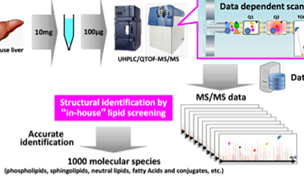
-
Kazutaka Ikeda、Makoto Arita
Laboratory for Metabolomics, RIKEN Center for Integrative Medical Sciences
- 3.Changes in lipid metabolism during differentiation pathway of mammalian cells
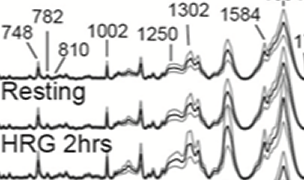
-
Sota Takanezawa, Yasushi Sako
Cellular Informatics Laboratory, RIKENSingle-cell Raman spectral analysis revealed highly dynamic changes in the chemical composition including lipids and proteins at the very early stage of cell differentiation.
- 4.Protonation and charged states of amino-acid residues and ions in the
transmembrane region of an ion pump analyzed by electron crystallography
of thin 3D crystals 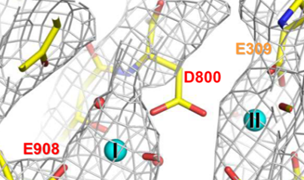
-
Koji Yonekura
Biostructural Mechanism Laboratory, RIKEN SPring-8 CenterA new development, electron 3D crystallography, reveals charged states of transmembrane amino-acid residues and ions and protonation of the side chains.
- 5.Lipidomics of glucosylated lipids in the CNS
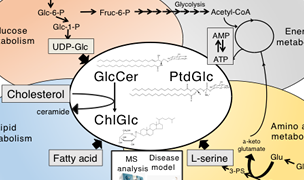
-
Kazuki Nakajima and Yoshio Hirabayashi
Laboratory for Molecular Membrane Neuroscience, RIKEN Brain Science InstituteWe developed a novel mass spectrometry-based lipidomic system and examined whether diminished or reduced synthesis of L-Ser altered the metabolism of sphingolipids. We found that reduced availability of L-Ser led to the ER stress-inducing lipid synthesis of 1-deoxysphinganine.
- 6.Neuron-Glia interaction mediated by Lyso-phosphatidylglucoside
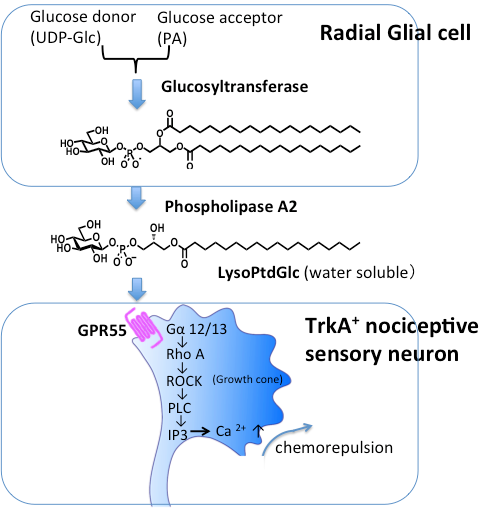
-
Yoshio Hirabayashi, Yeon-Jeong Kim, and Yasuko Nagastuka
Laboratory for Molecular Membrane Neuroscience, RIKEN Brain Science Institute
- 7.Regulatory mechanisms for the activation of group 2 innate lymphoid cells
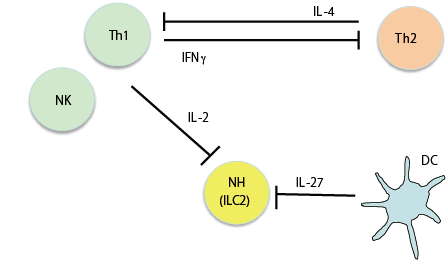
-
Kazuyo Moro1, Hiroki Kabata1,2, Satoshi Koga1, and Shigeo Koyasu3
1Laboratory for Innate Immune Systems, RIKEN IMS, 2Department of Medicine, Keio University School of Medicine, 3Laboratory for Immune Cell Systems, RIKEN IMS
- 8.Analysis of thermal-stress induced nucleocytoplasmic transport carrier Hikeshi
-
Naoko Imamoto
Cellular Dynamics Laboratory, RIKEN
- 9.Detailed distribution of sphingomyelin on the plasma membranes revealed by specific probes
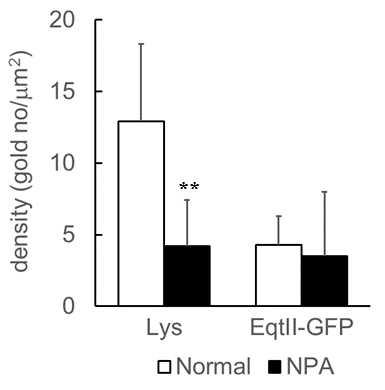
-
Motohide Murate, and Toshihide Kobayashi
Lipid Biology laboratory, RIKEN
- 10. Membrane tubulation ability of phospholipase Cβ1 C terminal domain
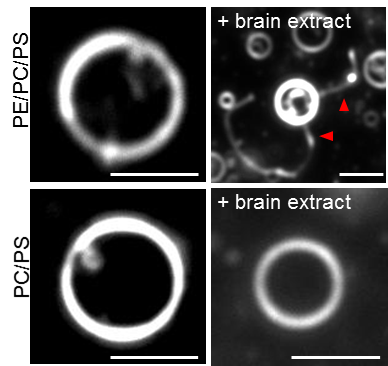
-
Takehiko Inaba, Takuma Kishimoto, Motohide Murate, Takuya Tajima, Shota Sakai, Mitsuhiro Abe, Asami Makino, Nario Tomishige,
Reiko Ishitsuka, Yasuo Ikeda, Shinji Takeoka, and Toshihide Kobayashi
Lipid Biology Laboratory, RIKEN
